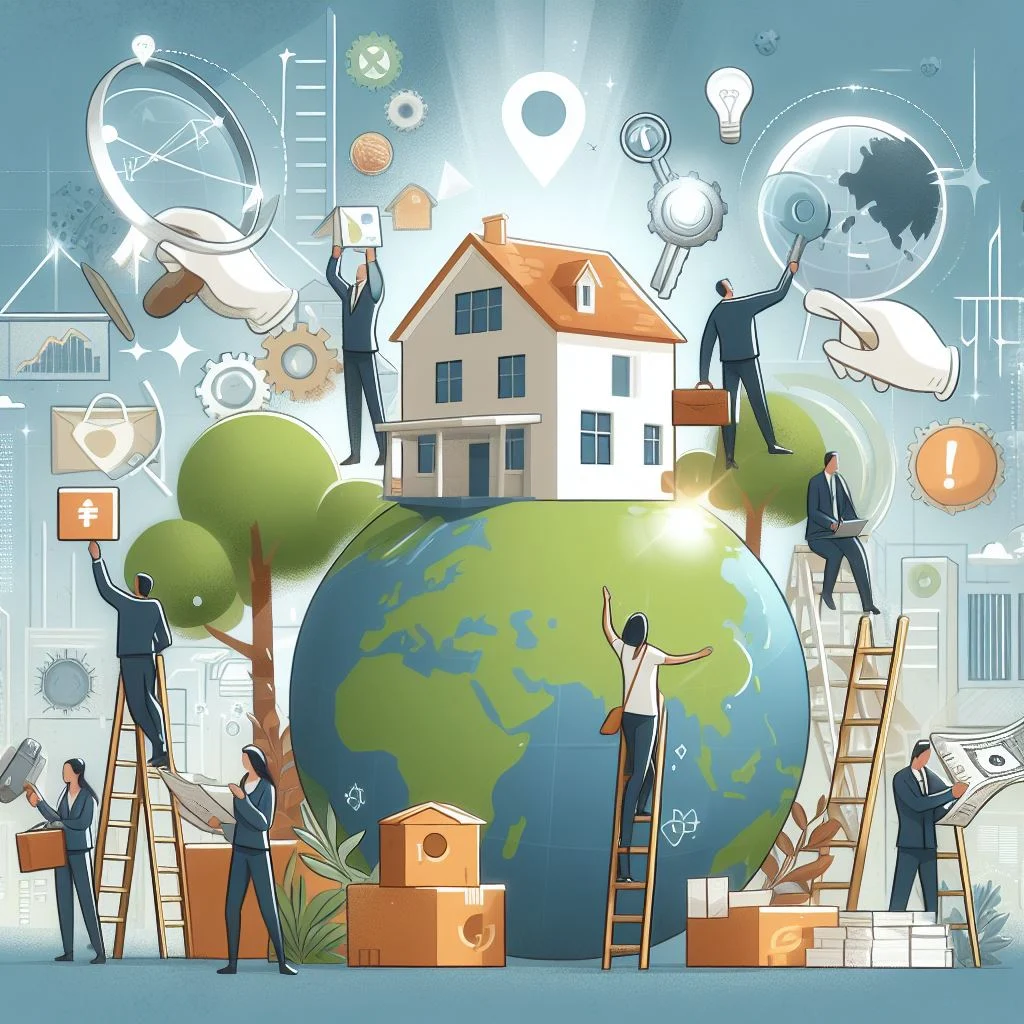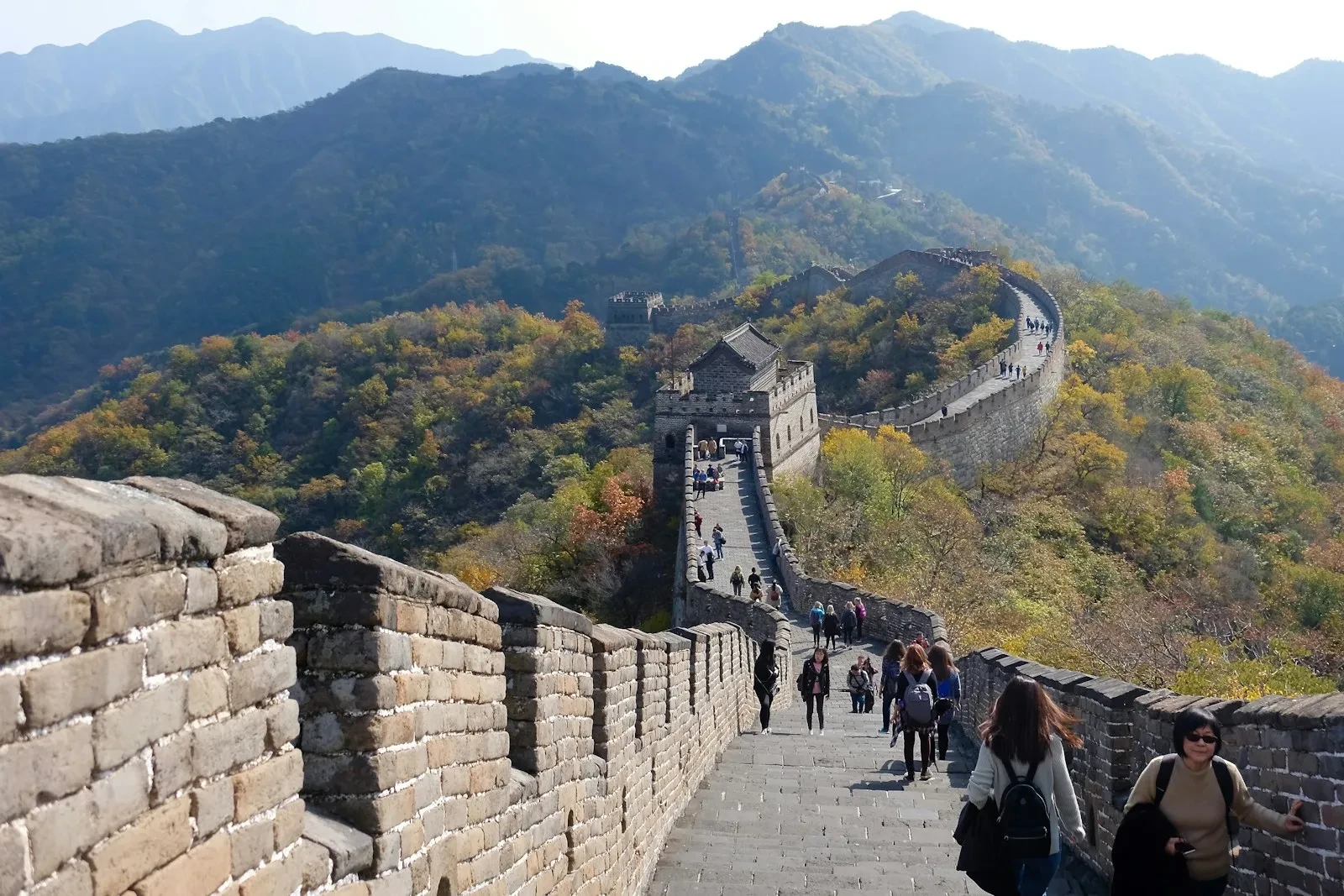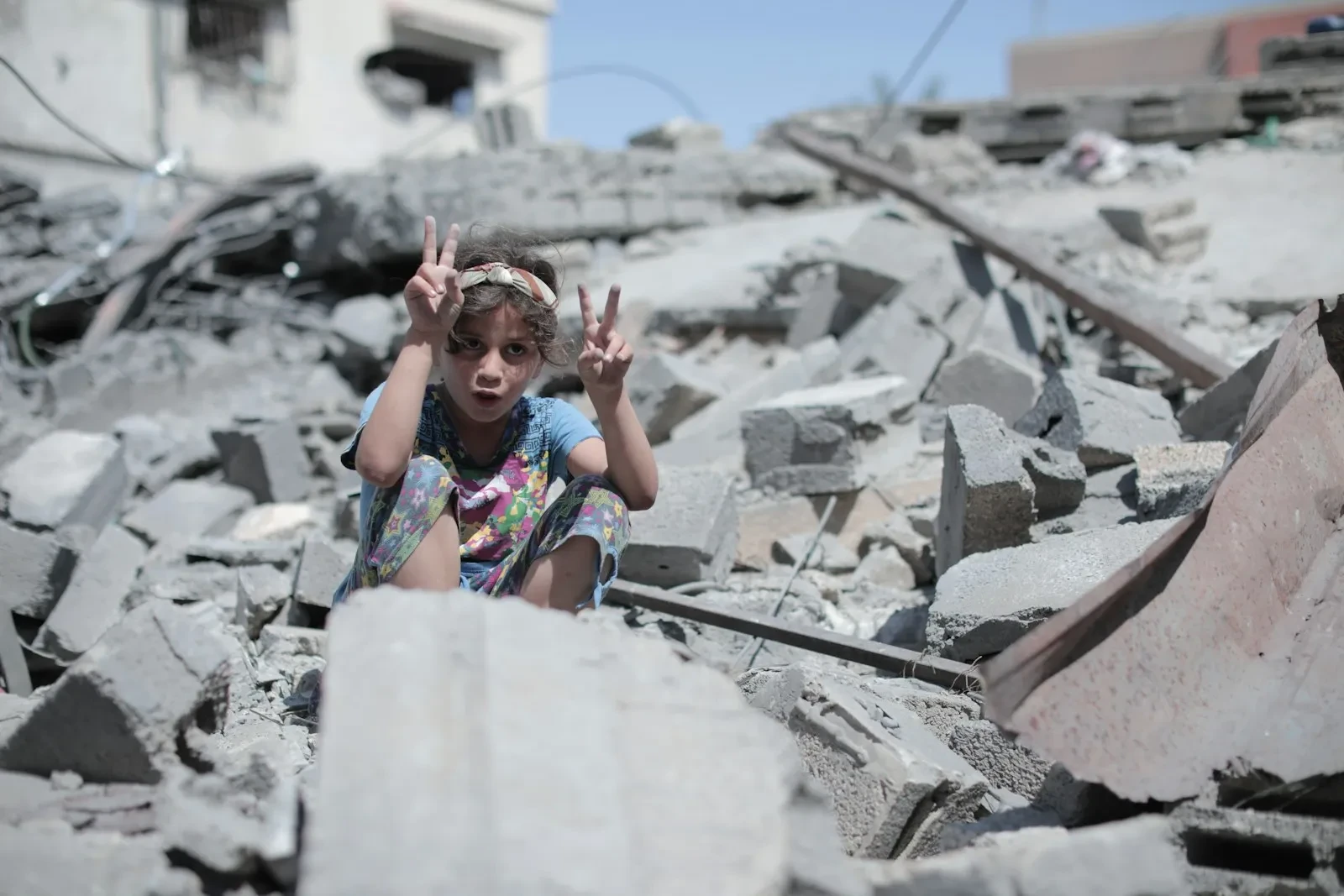jlk – The property world is full of opportunities and challenges. The opportunity lies in the fact that property is one of the sectors that significantly influences the economy and the welfare of society.
However, the challenge is that property also serves as a source of social, environmental, and inequality problems. How can we find solutions to realize a clean and just property world?
Property and the Economy
Property is one of the sectors that play a crucial role in supporting economic growth.
According to data from the Central Statistics Agency (BPS), the property sector continued to grow positively during the Covid-19 pandemic, only slowing down from the second quarter of 2020 to the first quarter of 2021 and then picking up again in the second quarter of 2021.
This is because the housing financing stimulus continues to run, especially for low-income communities.
The government provides incentives such as 100 percent exemption from VAT for the purchase of houses up to Rp2 billion and 50 percent for houses priced between Rp2 billion and Rp5 billion as regulated in PMK No. 103/PMK.010/2021 regarding VAT on the transfer of landed houses and apartment units borne by the Government. Additionally, the government also provides housing financing assistance through programs such as FLPP, SBUM, BP2BT, and Tapera.
However, are these policies sufficient to drive the property sector? Have they contributed optimally to the national economy? Has the property sector provided equal benefits to all segments of society?
Property and Inequality
Property is one of the sectors that contribute to social and economic inequality. According to BPS data, Indonesia’s Gini ratio in March 2021 was 0.375, indicating a high level of inequality.
One of the causes of inequality is injustice in land ownership and use.
Land is a limited and strategic resource. It is where houses, offices, factories, farms, and more are built.
Land also has high economic value. However, land is often controlled by a few individuals or groups with substantial capital. They buy, rent, or control land at low prices, then sell it at high prices.
They also utilize land for business or speculation purposes, without considering the needs and welfare of the surrounding community.
As a result, many people do not have access or opportunities to own or use land. Many people are forced to live in overcrowded and uninhabitable slums.
Many people do not have land for farming, trading, or entrepreneurship. Many become victims of unfair land acquisition processes that are neither transparent nor in favor of public interests.
Property and the Environment
Property is one of the sectors that have a negative impact on the environment. Property development often sacrifices the environment.
Green areas, forests, rice fields, lakes, rivers, and beaches are converted into concrete land, buildings, roads, and malls. Property development also generates waste, pollution, and greenhouse gas emissions that cause climate change.
Climate change is a real threat to the survival of humans and other living beings. Climate change leads to more frequent and severe natural disasters such as floods, landslides, droughts, forest fires, and heatwaves.
Climate change also causes rising sea levels, declining water quality, decreased agricultural productivity, and the spread of diseases.
How can we address the negative impacts of property on the environment? How can we build environmentally friendly properties? How can we adapt to and mitigate climate change caused by property?
Property and Solutions
Property is a world full of opportunities and challenges. Property is a sector that significantly influences the economy and the welfare of society.
However, property also serves as a source of social, environmental, and inequality problems. How can we find solutions to realize a clean and just property world?
The first solution is to implement agrarian reform. Agrarian reform is the process of redistributing land to the people, especially farmers, fishermen, and indigenous communities, who have been lacking or deprived of land.
Agrarian reform aims to provide social, economic, and political justice and improve the welfare and sovereignty of the people.
The second solution is to implement sustainable economic development. Sustainable economic development is development that meets the needs of the present generation without sacrificing the ability of future generations to meet their needs.
Sustainable economic development must be environmentally friendly, promote economic growth, alleviate poverty, and create job opportunities.
The third solution is to prioritize community participation. Community participation is the active involvement of the community in the planning, implementation, and monitoring of property development.
Community participation aims to improve the quality, relevance, and accountability of property development. Community participation can also increase the acceptance, readiness, and benefits of the community towards property.
By implementing these solutions, we can create a clean and just property world.
A property world that not only benefits a few individuals or groups but also provides welfare for the entire society. A world that not only produces magnificent buildings but also preserves the environment.
A property world that relies not only on government policies but also involves community participation. A property world that is a solution, not a problem.
So, Kisanak says.












